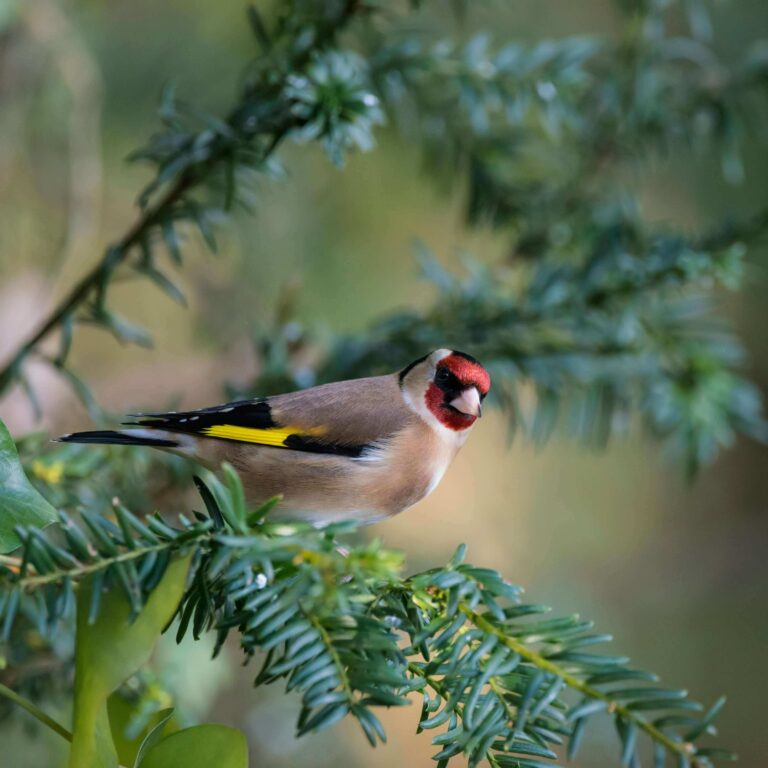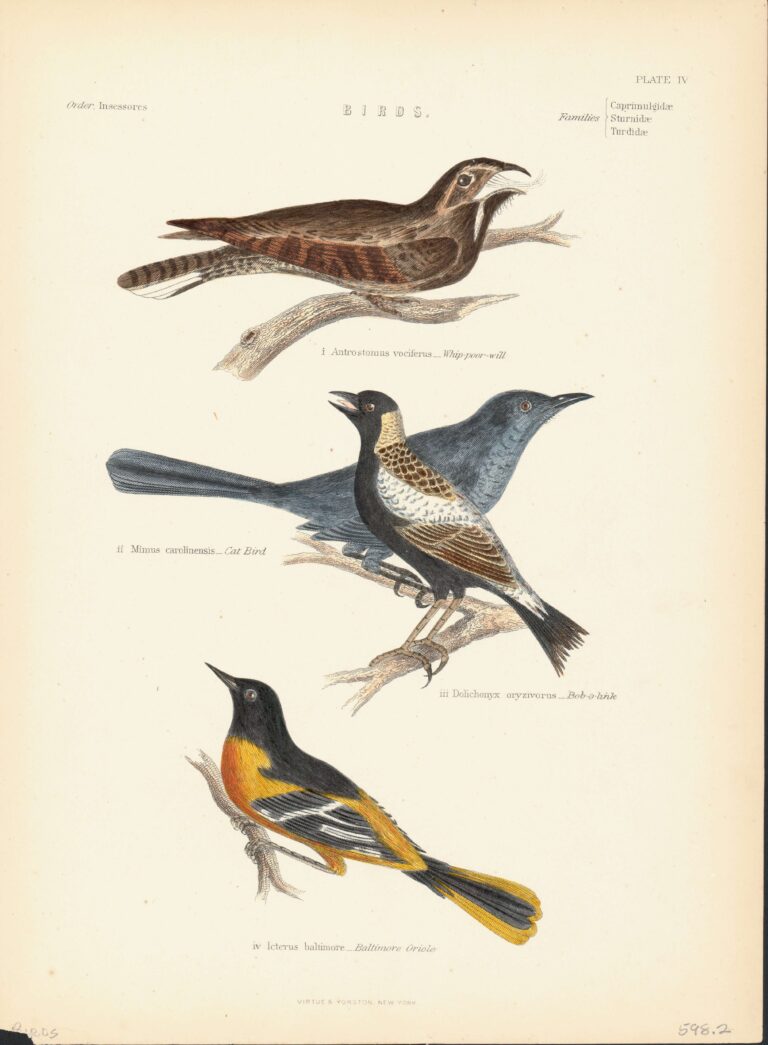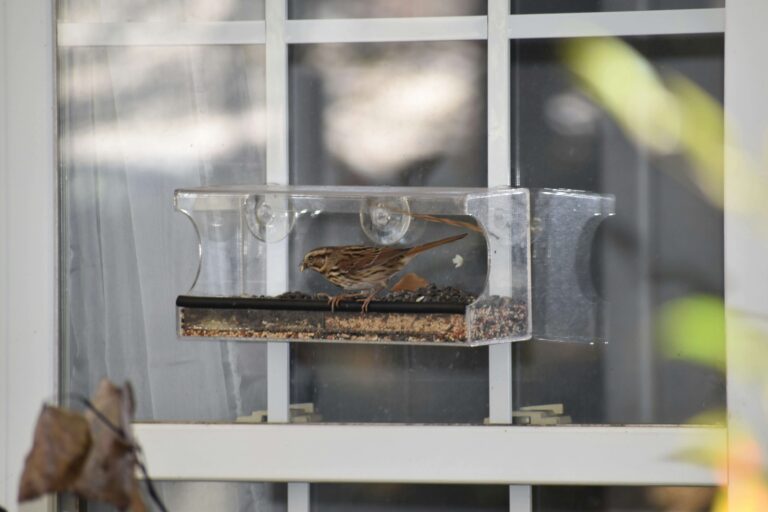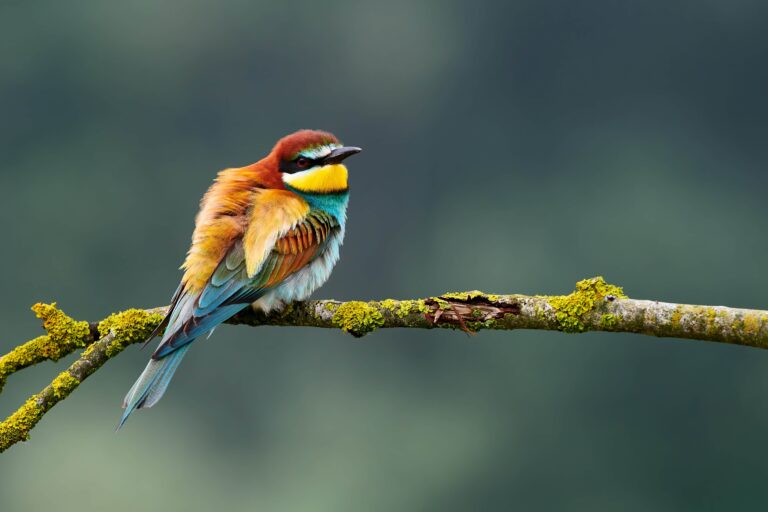Gray Catbird Guide: What Makes This Bird So Unique?
Ever heard a bird meow at you? If you have, chances are you’ve met the gray catbird a sleek, slate-colored bird with a habit of confusing humans and other birds alike. It’s not flashy like a cardinal or loud like a blue jay, but there’s something undeniably charming (and just a little mysterious) about this quiet visitor. Whether you’ve spotted one darting into a backyard shrub or heard its odd little song in the distance, this guide will help you get to know the gray catbird a whole lot better.
Gray Catbird Habitat: Where to Spot Them
True to its name, the gray catbird is almost entirely gray from beak to tail. Its body is covered in soft slate-gray feathers, but it’s not just a monochrome blur.
Look a little closer and you’ll notice:
- A sleek black cap on its head
- A deep rufous patch under its tail
- A slender, slightly curved black beak
- And an expression that sometimes feels… judgmental (but we love it)
Although they’re medium-sized songbirds, they can be surprisingly stealthy. In fact, their soft coloring helps them blend easily into brush and dense foliage.
Where You’ll Find Gray Catbirds
Gray catbirds prefer the in-between spaces—not deep woods, but not wide-open lawns either. Instead, they favor:
- Dense shrubs and hedgerows
- Forest edges and overgrown clearings
- Native plant gardens with low cover
- Quiet suburban backyards with places to hide
They’re also migratory birds. In spring and summer, they can be found across most of the eastern and central U.S. and parts of southern Canada. In winter, many head down to the southeastern states, Mexico, or Central America.
So, if you don’t see them year-round, don’t worry—they might just be vacationing.
Why the Gray Catbird Got Its Name
Let’s talk about that name. Gray catbirds aren’t related to cats, but they’re named after one very specific sound they make: a sharp, nasal “mew.”
This sound is part of their normal vocal routine—and it really does sound like a cat. You might hear it while they hop through a hedge, scolding other birds, or when they’re perched in the middle of their territory announcing “This is mine.”
However, it’s just one part of their vocal talent. The rest? Well, that’s even more impressive.
Gray Catbird Songs: Mimicry and Music
Think mockingbirds are the only mimic masters? Think again.
Gray catbirds are skilled singers and mimics in their own right. In fact, they can imitate dozens of bird songs, frogs, and even mechanical noises. Their song is often a long, rambling medley of whistles, chirps, squawks, and yes, the occasional meow.
Unlike mockingbirds, catbirds don’t repeat each sound several times—they tend to switch sounds quickly, creating a more fluid (and slightly mysterious) melody.
This musical range is part of what makes them so unique. Some catbirds even develop personal song styles, blending familiar sounds with original riffs—kind of like the jazz musicians of the bird world.
What Do Gray Catbirds Eat?
Gray catbirds aren’t picky, but they are seasonal.
In spring and summer, they feast on:
- Insects (beetles, ants, caterpillars)
- Spiders and snails
- Occasional small berries
In late summer and fall, their menu shifts to more plant-based foods:
- Ripe berries (elderberry, dogwood, holly, pokeweed)
- Fruit from native shrubs or trees
- The occasional garden tomato (yes, they’re known snackers)
If you’ve ever noticed a gray bird sneaking around your berry bush or raised bed, now you know who to thank—or blame.
How to Attract Gray Catbirds to Your Backyard
If you’d like to invite these quiet birds into your space, it doesn’t take much.
Here’s what they love:
- Dense shrubs for cover and nesting
- Native berry-producing plants like serviceberry, elderberry, or viburnum
- A shallow birdbath with nearby cover
- Leaf litter for foraging insects
- A quiet, low-traffic area they can make their own
In contrast to flashier birds, gray catbirds appreciate subtlety. Set up the space and wait quietly—they’ll come when they feel ready.
Are Gray Catbirds Friendly or Shy?
The answer? A little of both.
Gray catbirds are curious, especially during nesting season. They may watch you from a branch or flutter nearby if you’re in “their” space. However, they’re also private—they like dense cover, and they’ll rarely visit exposed feeders or noisy yards.
If you respect their space, they often reward you with song, sightings, and the occasional bold stare from a nearby shrub.
They may not be outgoing in the way cardinals are, but catbirds definitely have personalities—and a dry sense of humor, if you’re paying attention.
Fun Facts About Gray Catbirds
- They’re part of the mimic thrush family, like mockingbirds and thrashers
- Both males and females sing, though males sing more often during breeding
- Gray catbirds are fiercely loyal to their mates and nests
- They migrate at night, using stars to guide them
- Catbirds have exceptional memory, returning to the same nesting territory year after year
Oh—and yes, they’ll sometimes flick their tails and scold you for looking at them too long. We love them anyway.






